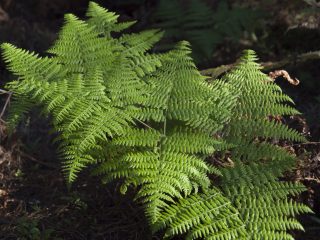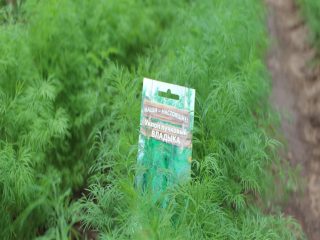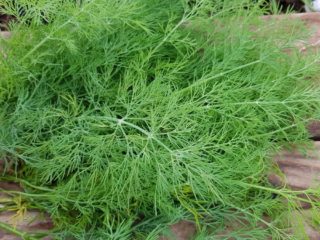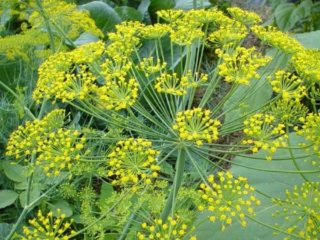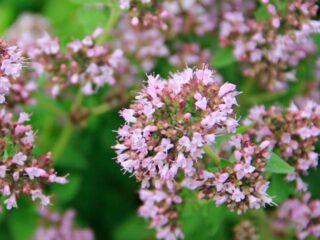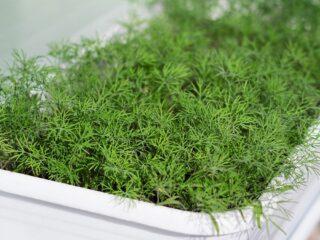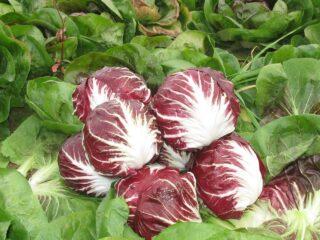Content
Every year, an increasing number of gardeners and farmers are cultivating amaranth. With the right approach, growing the plant brings good income, since the green mass and seeds have high nutritional value. In addition, decorative culture can become a striking element of the landscape. It is first important to learn how to determine the time when to collect and dry amaranth, as well as to prepare the seeds of the plant.
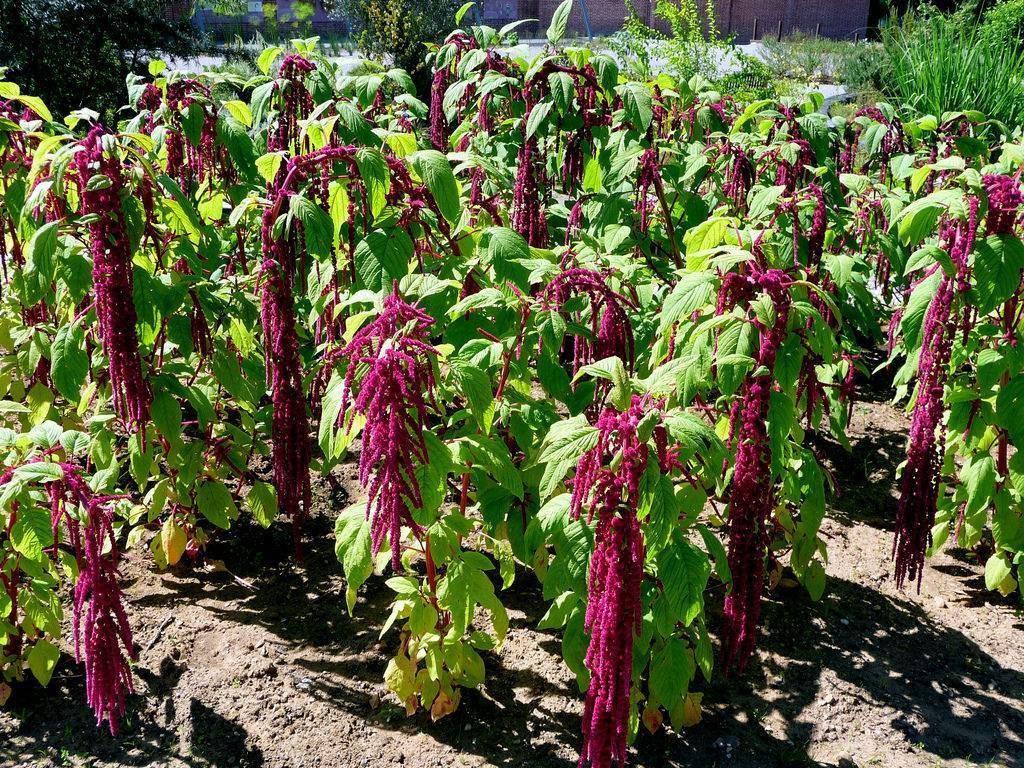
The level of amaranth yield depends on the quality of the soil, adherence to sowing dates and organization of crop care
When can amaranth be harvested?
You can harvest amaranth for food within a few days after sowing the plant. Young greens are used in salads; the leaves and stems of an adult plant are suitable for preparing some dishes. The plant product is used in cooking in the same way as spinach.
When harvesting amaranth for silage, the harvest begins in the flowering phase and ends when the seeds reach milky-waxy ripeness.The delay leads to a decrease in the quality of green mass and causes a deterioration in the nutritional properties of the product, including loss of protein.
The seeds of the plant ripen three months after planting. More specific terms depend on the geographical location of the region where the crop is grown. Thus, in the Non-Black Earth Region, the time for collecting seeds is in August, in more southern regions - in mid-summer.
Signs of amaranth ripening
If amaranth is grown to produce young foliage, then they are cut off during the period of active formation of the crop. The green mass should be elastic and fresh. Leaves whose length does not exceed 20 cm are considered suitable. With careful handling, the crop can provide the owners of the site with greenery for two months. Experienced farmers know that cutting off a large number of leaves does not have a negative effect on the plant. In the remaining sinuses, new shoots will form in the coming days.
The stems, which are also used for food after prolonged heat treatment, are cut off when they reach 20-25 cm in length. The plant does not stop developing, and after a short time young shoots appear from the buds.
The timing of harvesting crop seeds is determined by counting. To do this, observe the plantings, noticing the beginning of flowering. According to agricultural technicians, you can plan the correct date for collecting amaranth seeds by adding 40 days to the date. As a rule, approximately 80% of the seeds ripen by this time. The degree of ripeness is determined by shaking the plant's brush.If the seeds fall out easily, it means that it is time to collect the seeds.
The collected amaranth panicles are hung in the form of bunches or laid out in a well-ventilated area, away from direct sunlight. The dried inflorescences are rubbed between hands to separate the seeds. The resulting small grains are sifted through a sieve, thus removing husks and debris. When consumed regularly, the seeds have a positive effect on the human body.
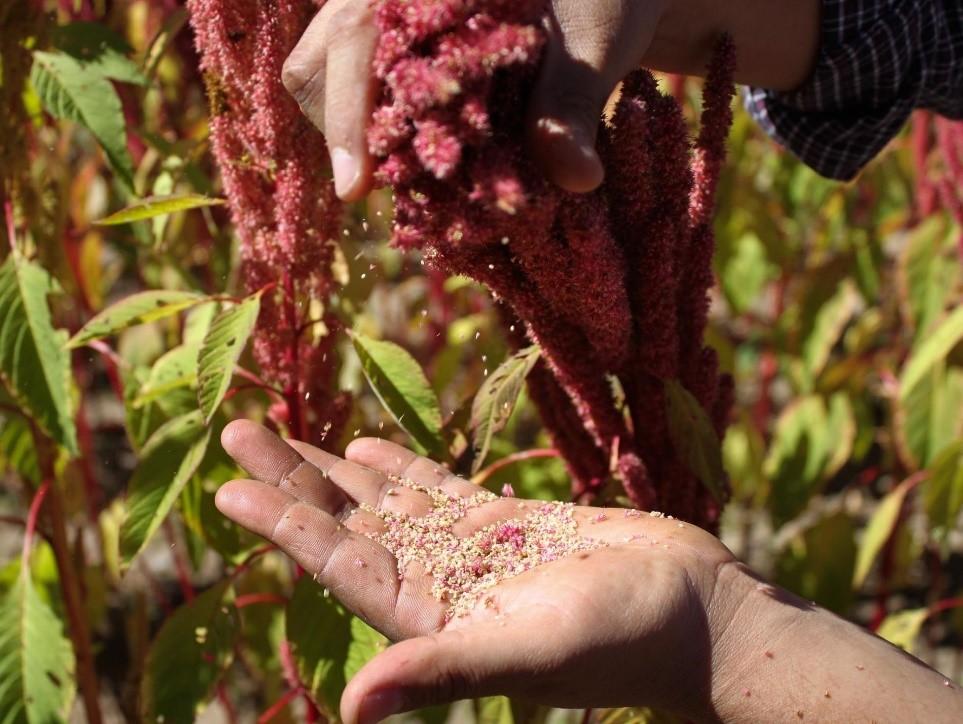
Amaranth seeds improve the body's condition by activating metabolism and stimulating regenerative processes
How to preserve amaranth for the winter
Amaranth can be prepared for the winter. When properly stored, the plant does not lose its beneficial and healing properties.
Drying amaranth
Storing and drying amaranth is a simple process, but time-consuming. The cut leaves are washed well under running water and the remaining moisture is thoroughly shaken off. There are two ways to dry the plant:
- the leaves are cut and laid out on paper in a dark, ventilated room;
- plants are collected in small bunches and hung in the attic.
When drying, it is important to hang the bunches at some distance and not make them too dense, so that there is free space between the leaves. If the plant is dried entirely in bunches, the resulting amaranth mixture has a pleasant aroma.

Amaranth is a bright element of floral compositions, to create which bushes 25 cm high are dug up along with the roots
Freezing amaranth
Freezing allows not only to preserve the nutritional qualities of amaranth, but also to leave the natural color of the leaves unchanged. This method does not require pre-drying or cooking the greens. You can freeze either whole or cut leaves. The prepared product is placed in plastic bags. Prepackaged leaves are kept on the bottom shelf of the freezer.
Marinade
Many housewives prefer pickling amaranth greens. The leaves of the plant can be harvested separately or combined with vegetables. Culinary experts offer two methods of pickling:
- The crushed green mass is sprinkled with coarse salt (200 g per 1 kg of product).
- Pour a marinade of water, salt, a small amount of vinegar and sugar over the cut leaves.
Prepared marinades are often used as a spicy seasoning for meat dishes, seafood, and side dishes (mainly boiled rice). Sometimes housewives add the pickled product to season soups.
Oil extract
Amaranth oil is a valuable food product. But at home it is impossible to squeeze it out. But if desired, prepare amaranth oil extract in accordance with the popular recipe:
- The seeds are lightly fried until a characteristic aroma appears.
- The grains are ground with a pestle in a wooden mortar to a powdery state.
- The resulting mixture is supplemented with olive oil in a ratio of 1:2.
The oil extract can be used to season salads and other dishes. It is also an excellent cosmetic product, on the basis of which masks are made for the face and hair, and a softening gel for the body.
Uses of dried amaranth
It is more convenient to store dried amaranth leaves by grinding them in a coffee grinder. The ground plant is used to prepare:
- first courses;
- salads;
- seasonings;
- herbal infusions;
- aromatic teas.
Bags made of thick cotton fabric are best suited for storage. You can also pour crushed dried leaves into glass jars. The herbal powder should be stored under a tight lid.
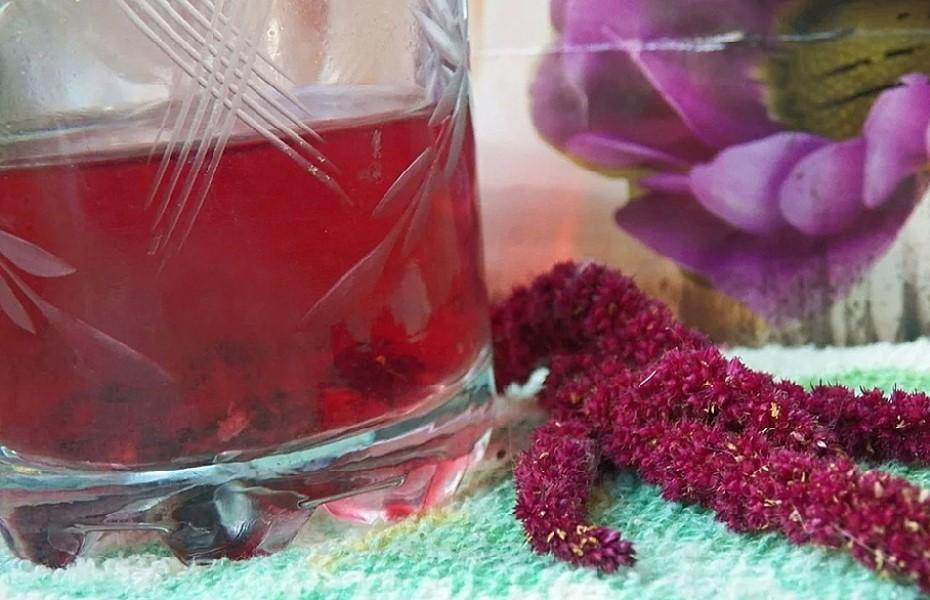
Amaranth tea is recommended to drink at the first sign of a cold, as a hot drink is an excellent remedy against bacteria
Conclusion
There are several ways to dry amaranth and preserve the healthy product. Almost all parts of the plant are used for food: stems, leaves, seeds. The choice of method for preparing food for the winter depends on the taste preferences of family members. When properly processed, the plant produces delicious culinary dishes with a spicy taste and aroma.

